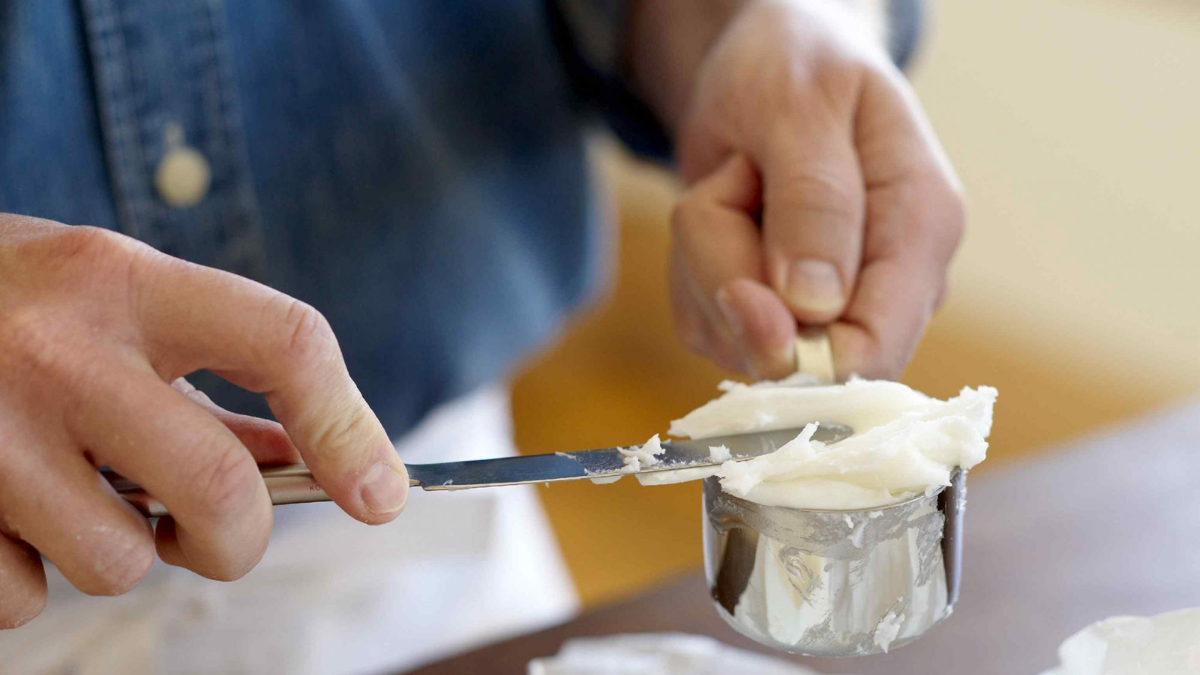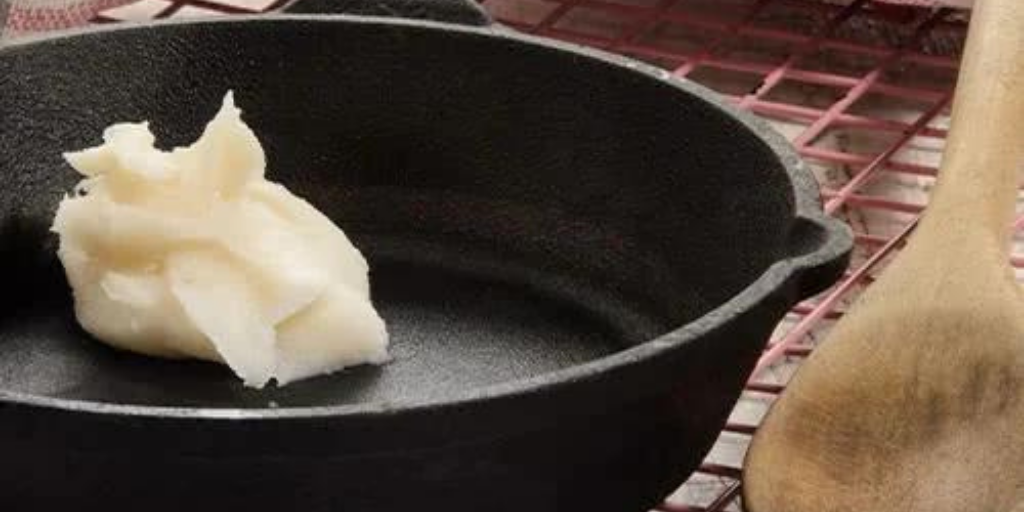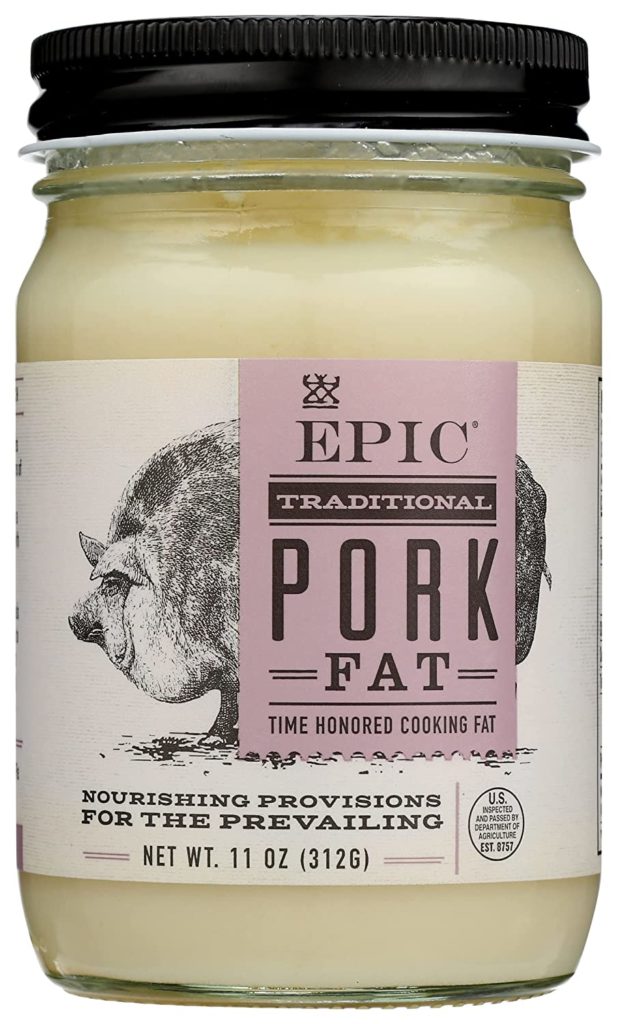Lard is a versatile cooking fat perfect for roasting, baking, and sautéing. It is also an excellent choice for keto and homesteader recipes, and it can also be used for traditional biscuits and marinades. In addition to its use in cooking, Lard is also a great addition to traditional lard soap. The best organic Lard for cooking is available from a few sources, and several online sources sell Lard that is free of chemicals and preservatives.
Lard Nutrition Facts
Make sensible meal selections to avoid excess calories. Calorie requirements differ depending on age, gender, and way of life. The nutrition data above contains information about the various food types accessible in stores. Individual categories such as Nutrition Facts, Calories, Vitamins, Minerals, Fats & Fatty Acids, Carbohydrates, Proteins, Amino-acids, Sterols, and others can be navigated. Here’s a table for Lard Nutrition Facts based on a serving size of 100 grams. Percent daily values are based on a 2,000-calorie diet:
| Nutrient | Amount per serving | % Daily Value |
| Calories | 902 kcal | 45% |
| Protein | 0 g | 0% |
| Fat | 100 g | 154% |
| Saturated Fat | 39 g | 194% |
| Monounsaturated Fat | 45 g | – |
| Polyunsaturated Fat | 11 g | – |
| Cholesterol | 95 mg | 32% |
| Sodium | 0 mg | 0% |
Note: Please note that lard is very high in fat and calories and should be consumed in moderation. Percent daily values may be higher or lower depending on individual caloric needs.
What Is Lard?
After being rendered, Lard is a semi-solid white fat product made from a pig’s fatty tissue. It’s not to be confused with tallow, a similar substance made from the fat of cattle or sheep. Steaming, boiling, or dry heat can make Lard. Lard’s culinary attributes vary depending on where it comes from and how it’s processed; adequately rendered, it can be practically odorless and tasteless.
It contains a lot of saturated fatty acids but no trans fat. Refined Lard is typically sold in paper-wrapped blocks at retail. Lard is used as a cooking fat or shortening in many cuisines and spreads similarly to butter. It’s used in various savory recipes, including sausages, pâtés, and fillings. It adds flakiness to pastry when used in place of butter.
Although vegetable oils have surpassed their popularity in western cuisine, many cooks and bakers still prefer them above other fats for specific applications. Pork lard is unquestionably one of the healthiest cooking fats available. But there’s more good news: Lard tastes excellent!
Everything you make with Lard won’t taste like a pig because of its delicate flavor and scent. It truly makes roasted veggies, grilled meats, and even baked items taste better. Crispier vegetables, flakier pie crusts, and mind-blowing fried fish and fowl are all on the menu. Spread the Lardon freshly made bread with a pinch of sea salt – it’s simple but delicious.
What Are The Health Benefits Of Lard?
Here are some health benefits of Lard:
It’s High In Vitamin D
Lard is one of the best sources of vitamin D, which is a substance that most people nowadays lack. Vitamin D levels may fall during the winter months when exposed to less sunlight, affecting mood, immunity, and long-term health. It’s a vital ingredient for bone health since it helps regulate calcium and phosphorus metabolism.
Vitamin D deficiency is also linked to a lower chance of acquiring cancer, autoimmune disorders, cardiovascular disease, and infectious diseases. Vitamin D contains receptors in almost every cell in the body, emphasizing its importance. Growth, neurological system function, reproductive health, insulin production, and immune function are all affected.
Lard Is A Good Source Of Fats That Support A Healthy Heart
Heart health is another solid reason for consuming Lard. Following olive oil, which has 77 percent monounsaturated fatty acids, Lard provides 48 percent monounsaturated fats. These fats aid in reducing blood cholesterol and the maintenance of healthy cells.
Consumption of oleic acid, the primary monounsaturated fat found in Lard, has been related to a lower incidence of depression. Oleic acid was also found to help prevent cancer in a 2005 study conducted in Thailand. According to the study, oleic acid inhibits a cancer-causing oncogene in one-third of breast cancer patients.
Lard Contains Choline
Choline is another critical component that isn’t available in large amounts in many other foods. Only approximately ten percent of the population consumes adequate choline. Low levels have been linked to an increased risk of heart disease and Alzheimer’s to liver difficulties. Choline helps transfer cholesterol and very low-density lipoproteins out of the liver, and therefore a lack can cause fat and cholesterol to build up.
Epic Provisions, Lard Pork
Features:
- A staple cooking fat from organic pork with endless limitations, just like your culinary imagination
- A go-to, easy-to-grab ingredient to keep in your pantry
- Use in recipes such as roasted veggies, fried chicken, and tamales.
- Gluten-Free, Keto-Friendly, Whole30-approved, Paleo-friendly
Tips For Buying Lard
Are you looking forward to getting your hands on vitamin D-rich pork lard? While it may be tempting to rush to the store and grab whatever is on the shelf, there are a few things to consider IND while purchasing Lard.
- Most commercially available pork lard is hydrogenated, which contains trans fats.
- Even if a lard product is labeled as having zero trans fats, it still can contain these dangerous fatty acids. Manufacturers can say ‘zero trans fats’ as long as there are less than 0.5 grams per serving.
- Unhydrogenated Lard may contain unwanted chemicals such as bleaching agents and nasty preservatives.
Choose a traditionally rendered product from pasture-raised pigs to ensure you get a healthy dose of pork fat. Ascertain that the animals were raised humanely, they had access to uncontaminated grasses, fresh air, and sunlight, and they were not given any hormones or antibiotics.
Is It Healthy To Cook With Lard?
No single ingredient has the power to make or ruin your health. Cooking with lard-on sometimes will not make a significant difference in the healthfulness of your diet if you eat a well-balanced diet that includes plenty of fresh fruits and vegetables, complete grains, and negligible amounts of sweets and fried foods.
Although olive oil is the healthiest of the popular cooking fats, there are some recipes where the texture of Lard is required, and olive oil is not an acceptable substitute—for example, Latin foods such as tamales and empanadas or a pie crust.
As a result of the attempt to limit saturated fat, joint lard replacements, such as vegetable shortening, have risen in popularity. These fat substitutes are frequently made up of partially hydrogenated fats (trans fats), linked to higher health concerns than the saturated fats they are meant to replace.
What Is A Substitute For Lard?
If Lard isn’t available to you, there are other cooking fats that you can use in your recipes instead:
- Shortening – Shortening is made of 100% fat, just like Lard. Use a 1:1 ratio when substituting shortening.
- Butter – Butter is only made of 80% fat, so if you are substituting butter for Lard, you’ll need a little extra butter. For every cup of Lard needed, use 1/4 cup butter plus one tablespoon.
- Vegetable oil– Use a 1:1 ratio for olive or coconut oil. For vegetable oil, substitute a 7/8 cup for 1 cup of Lard.
If you’re looking for cooking fat, don’t rule out Lard. Unlike vegetable shortening, it has less saturated fat than butter and no trans fats. Lard creates flaky, crumbly pie crusts and soft, moist baked dishes. Not only that, but it’s also cheap and easy to make in your kitchen.
Conclusion
Organic Lard is essential for cooking. While it has a high cholesterol level, it is far less unhealthy than butter and is easier to store. It is an excellent substitute for olive oil, butter, and other vegetable oils. In addition to savory dishes, they can also be used in soaps, candles, and skincare. A few good examples are avocado and coconut oil.
You can use Lard in all kinds of ways. One of the most beneficial uses of Lard is frying. Its fatty content can make your fried chicken or fish taste better. In addition to frying, Lard is also beneficial for your heart. Despite its high-fat content, Lard is also non-GMO, making it an ideal choice for Lard. Its low-calorie content makes it a healthy addition to your cooking.




